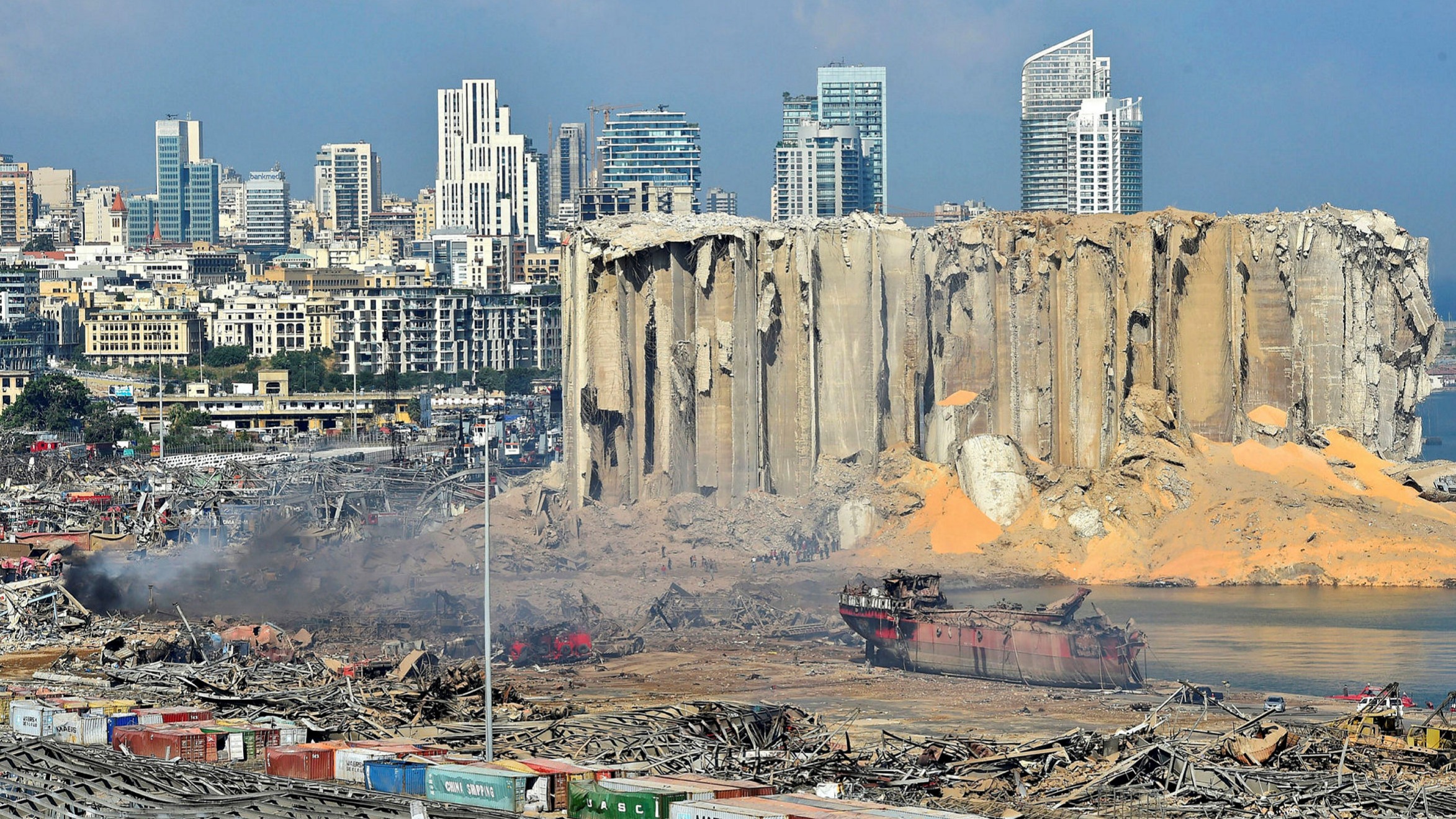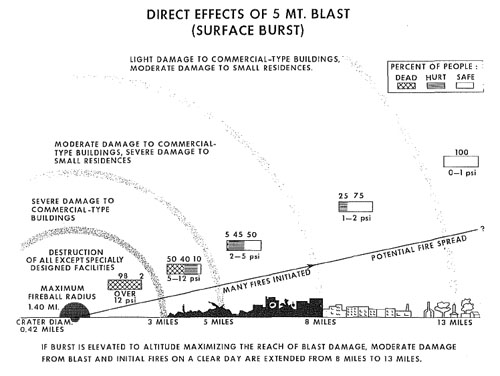Blast Resistant Structures
The growing challenges posed to society and the unexpected events mean that we must be prepared for things that a few years ago were not even thought of. The Beirut explosion that took place last year and the terrorist risks that have grown during the 21st century, force us to think of ways to protect people and spaces not only for today's actions and events but also for everything that might come in the next 100 years. Explosions like the one that happened in Beirut in 2020 or like those that happen in some terrorist scenarios, are events that for many places and many people, we must have protection and as such it is increasingly necessary to foresee places capable of withstanding this kind of events in security.

An explosion is a rapid expansion of hot gases and matter that expands to occupy the available space. During an explosion the propagation wave moves at a faster speed than sound. The pressures induced by the shock wave have a logarithmic behavior with the first pressure felt being the maximum value, but later this pressure drops quickly and becomes suction. Absolute pressure values depend on the material's detonation heat, but not only that. The shock wave in its path is reflected both by other particles and by surfaces and thus the maximum pressure that can be felt is much higher than that coming only from the explosion, which can be 2 to 8 times greater. In the case of explosions that are detonated close to the ground, as is the case in most terrorist explosions, the ground is the first amplifying element of the shock wave, which can increase the impact pressure by more than 50%.
When the shock wave from the explosion propagates, the air behind the shock wave also propagates in the same direction, but at a slower speed. This air will occupy the space left by the shock wave and produce a pressure on surfaces called dynamic pressure. Unlike the shock wave pressure and its reflection that act for milliseconds, the dynamic pressure acts for a few seconds and as such its effect on surfaces and structures is completely different, which contribute to deformations and the dynamic behavior of it.

To determine an explosion load on a structure or surface, there are some steps that must be followed such as:
- Determine the detonation heat as a function of the amount and explosive materials. This detonation heat must be converted into an equivalent charge of TNT to obtain the explosion parameters.
- The relative explosion distances that will allow to obtain the peak and reflected pressures as well as the times associated with them must be determined.
- With the help of some existing equations and graphs, the pressure versus time diagram must be constructed for each part of the structure and for each explosion scenario. After this phase, you will already have information on pressure and suction to be applied to the structure and surfaces in question.
- The calculated pressures must be applied according to the applicable national regulations and depending on the type and importance of the structure, dynamic and non-linear analysis can or must be used.
As an example, and to obtain a reference pressure values, in the case of an explosion of 1 ton of TNT within 15 meters of a 20-meter-high building, we have different pressure values along the building façade. Incident pressures can reach 530kPa in the areas closest to the explosion, but the reflected pressure exceeds 2300kPa. Despite the high-pressure values, they only act for about 20ms and as such, this short duration must be considered in the analysis performed.
The evaluation and resistant capacity of buildings and structures to accidental extreme phenomena, such as explosions, is increasingly important in the 21st century, especially in shelters or buildings of high importance. A correct analysis of objectives and scenarios ensures greater security for users, something increasingly important in our times.


